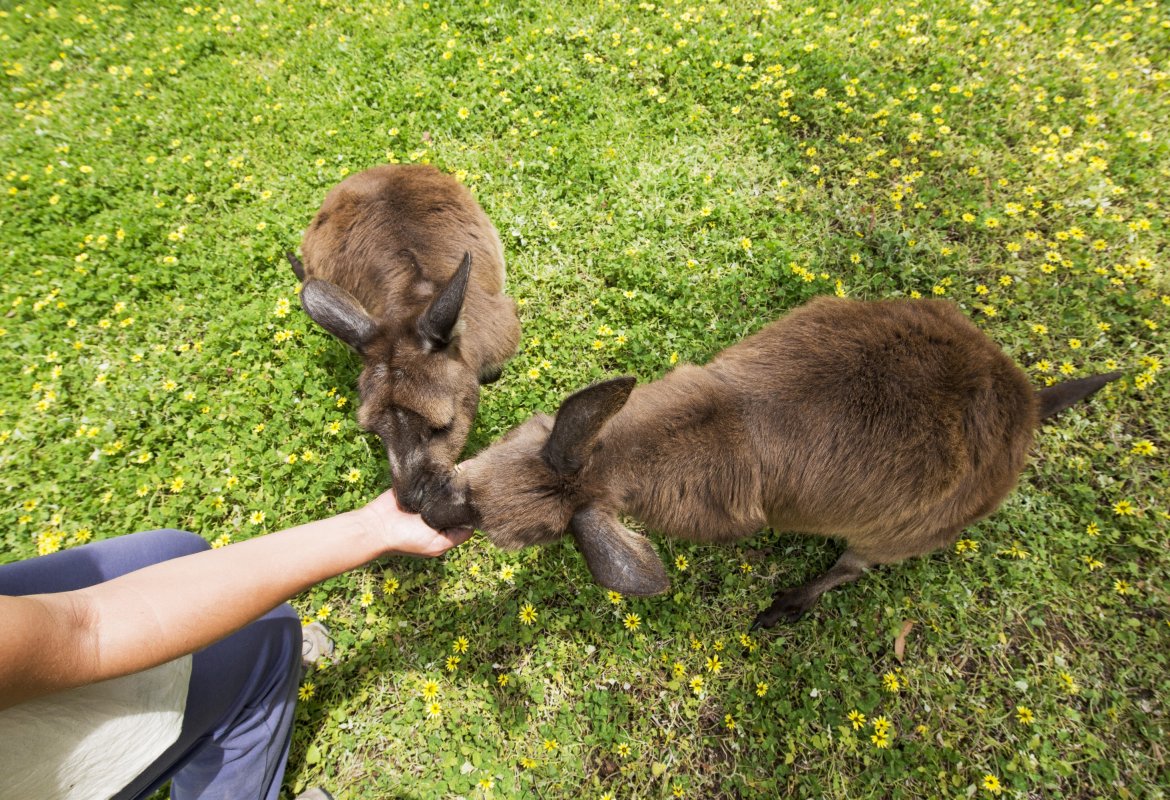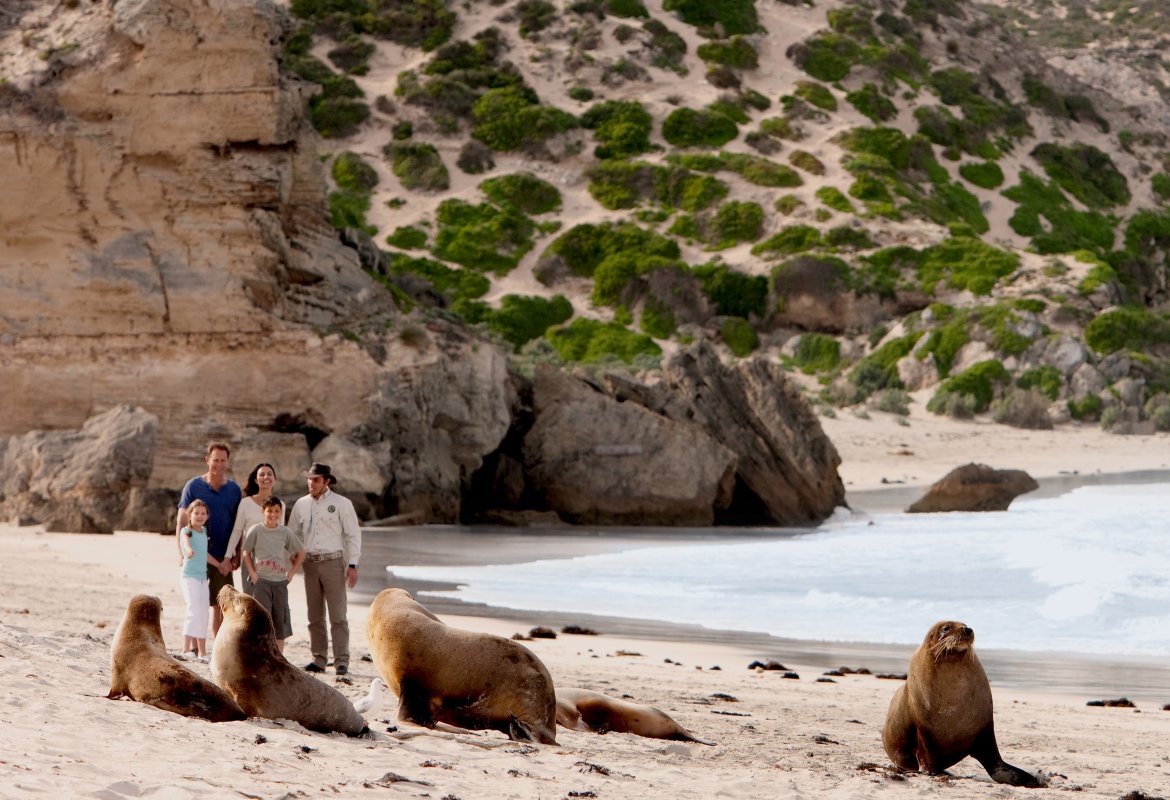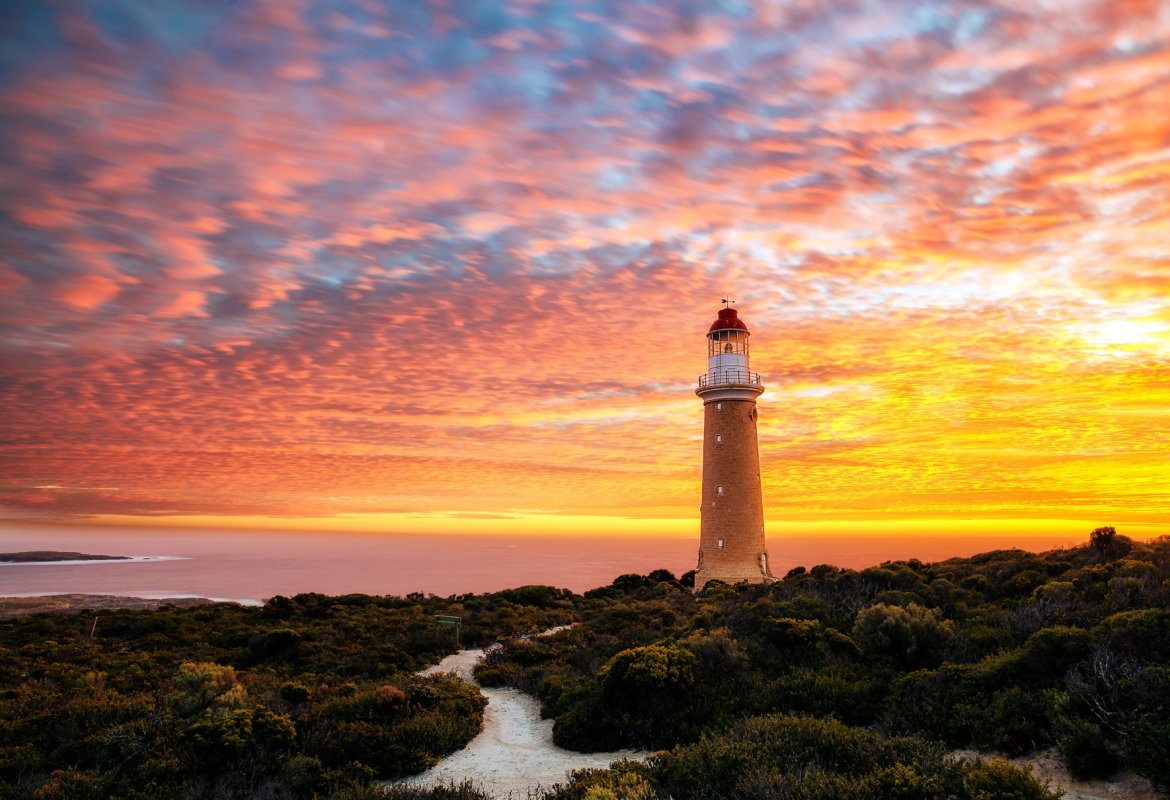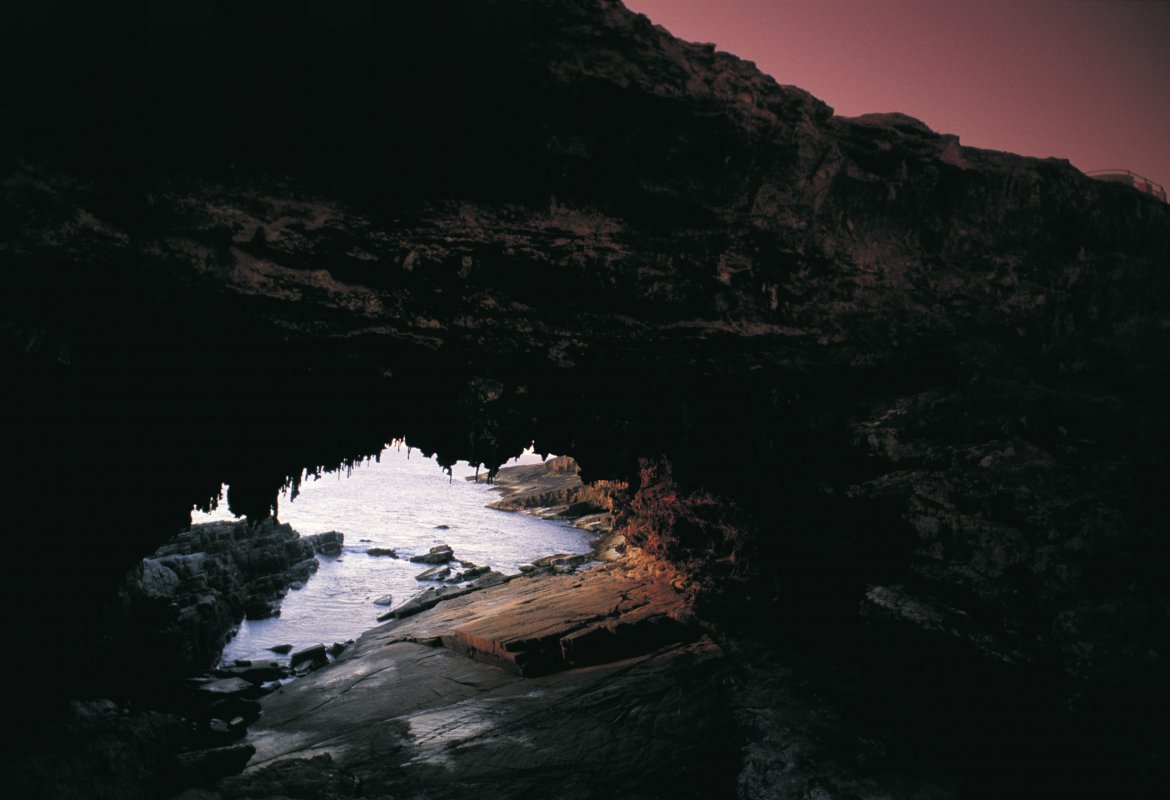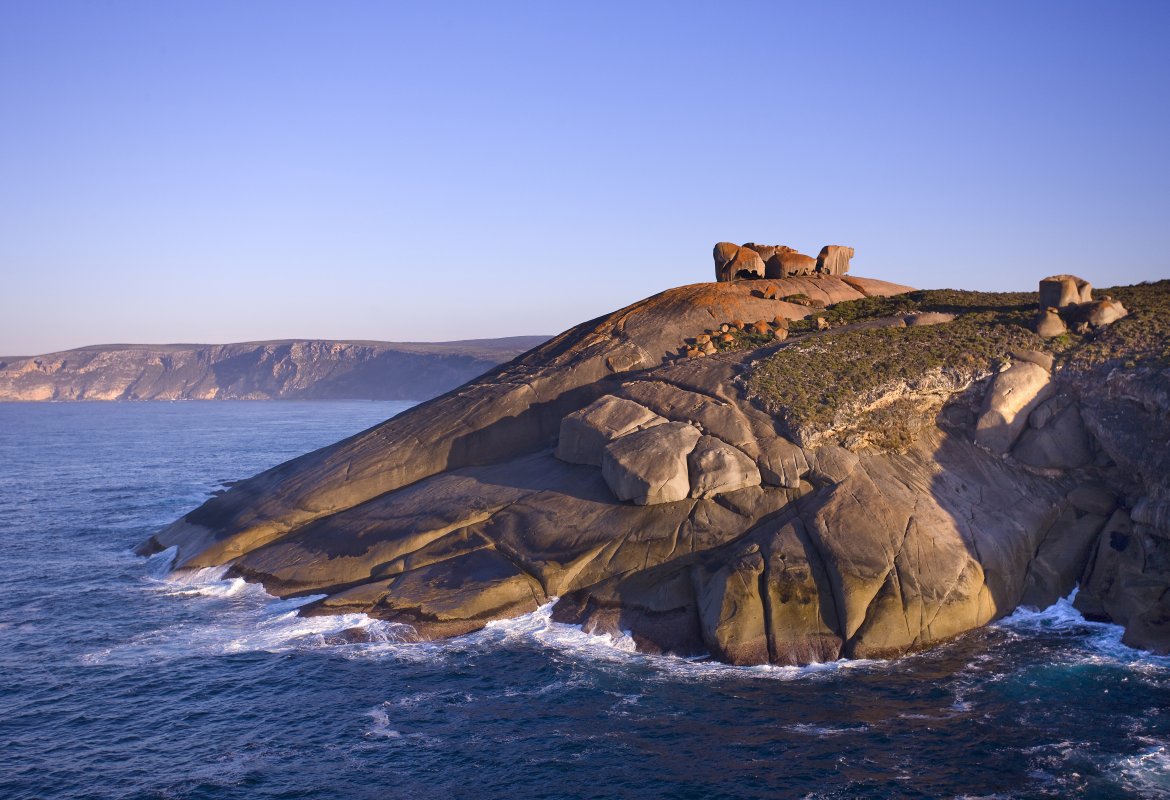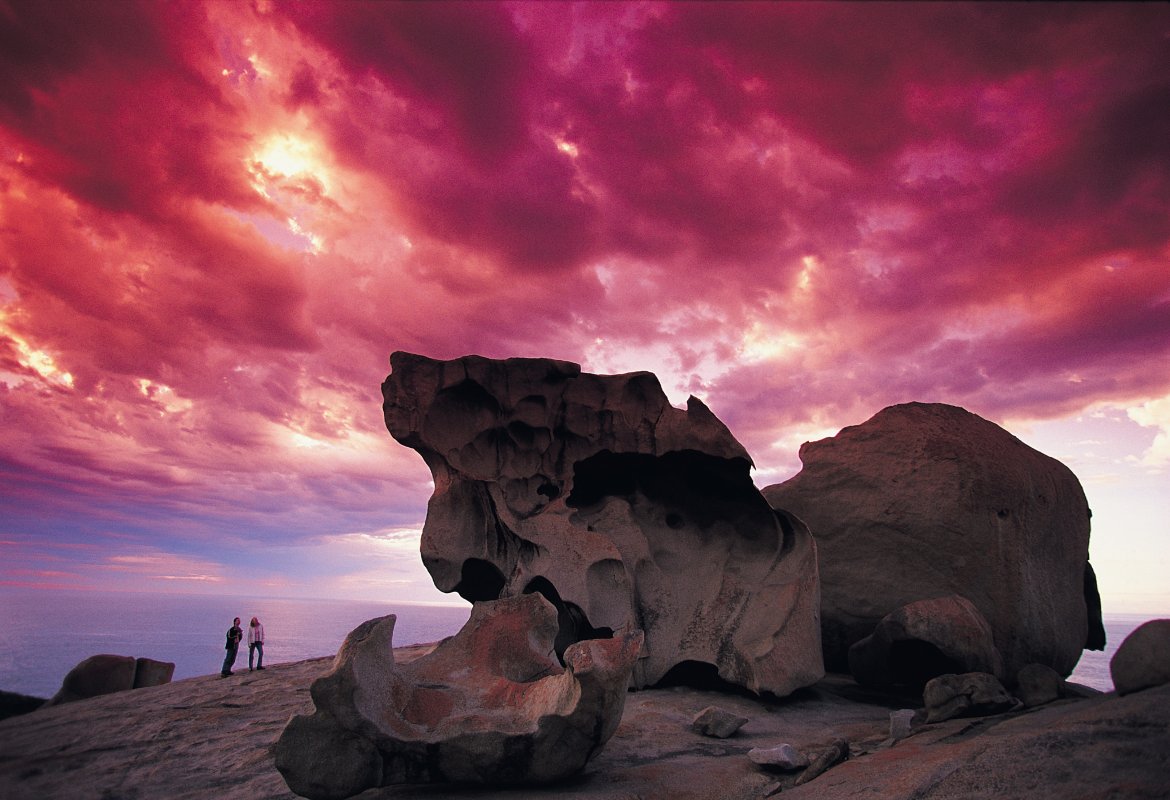Explore
Hanson Bay Sanctuary
The Hanson Bay Wildlife Sanctuary provides visitors with the chance to see a sustainable population of Koala’s, one of Australia’s most iconic marsupials. The famous Koala Walk includes an avenue of eucalyptus trees where Koalas can be observed eating and sleeping in the wild. Our tour includes education on the Koala and a range of other native Australian wildlife that can be found on Kangaroo Island such as Kangaroos, Tammar Wallabies, Echidnas, Bats and Possums.
Flinders Chase National Park
Flinders Chase National Park is a protected area located at the west end of Kangaroo Island. This is a sanctuary for endangered species, reserve for a range of flora and fauna, and home to geological phenomena. It consists of three sections; Cape Borda lightstation reserve in the north-west corner, the Gosse Lands and Snake Lagoon in the centre of the west end, and Cape de Couedic in the south-west corner which includes two significant monuments the Remarkable Rocks and Admirals Arch.
Remarkable Rocks
The Remarkable Rocks are a huge outcrop of weather sculptured granite boulders perched on a large granite dome that drops 75 metres to the sea. This stunning work of nature has been shaped by the erosive forces of wind, sea spray, and rain over more than 500 million years. The golden orange lichen covering some of the rocks offers visitors wonderful photo opportunities at different times of the day.
Cape de Couedic Lighthouse
Cape de Couedic was named after French naval officer, Charles Louis Chevalier du Couedic de Kergoualer (1740-1780) in 1803. It is also the site of the Cape de Couedic lighthouse which has guarded the island since 1909. Indigenous sites have been identified in this region by the South Australian Museum including radiocarbon dating of material from archaeological excavation sites, suggesting that Aboriginals occupied the western end of Kangaroo Island approx 7500 years ago.
Admirals Arch
Admirals Arch is a former cave, eroded away over thousands of years to become a distinctive rock bridge. Stalactites protrude from the rocky ceiling in contrast to the floor which is polished smooth. The boardwalk leading to Admirals Arch is almost as scenic as the landmark itself, and provides an ideal place to observe the fur seal colony that rest and breed in the rock pools. Whale migration season occurs between May and October but dolphins can be spotted in these waters throughout the year.

